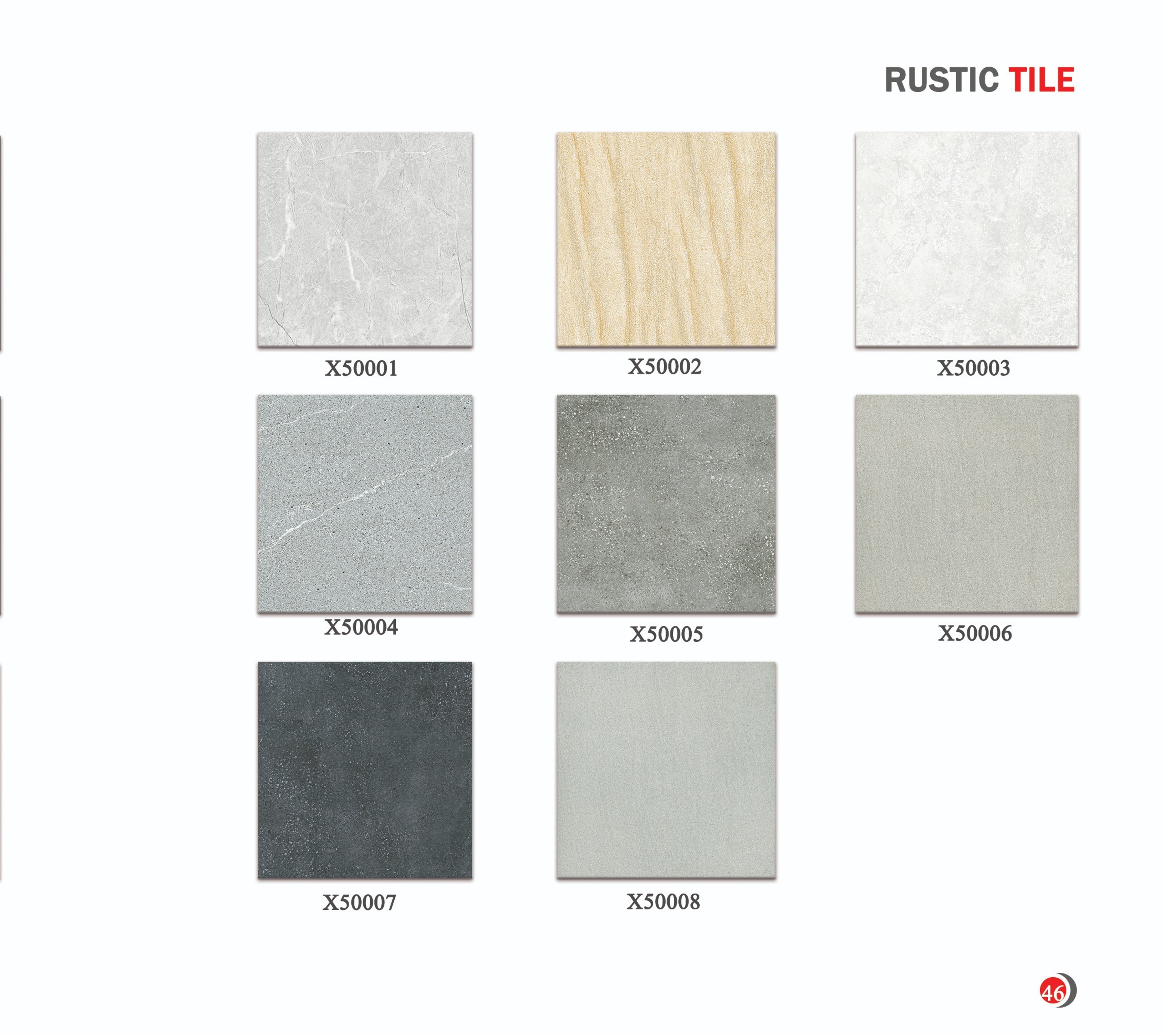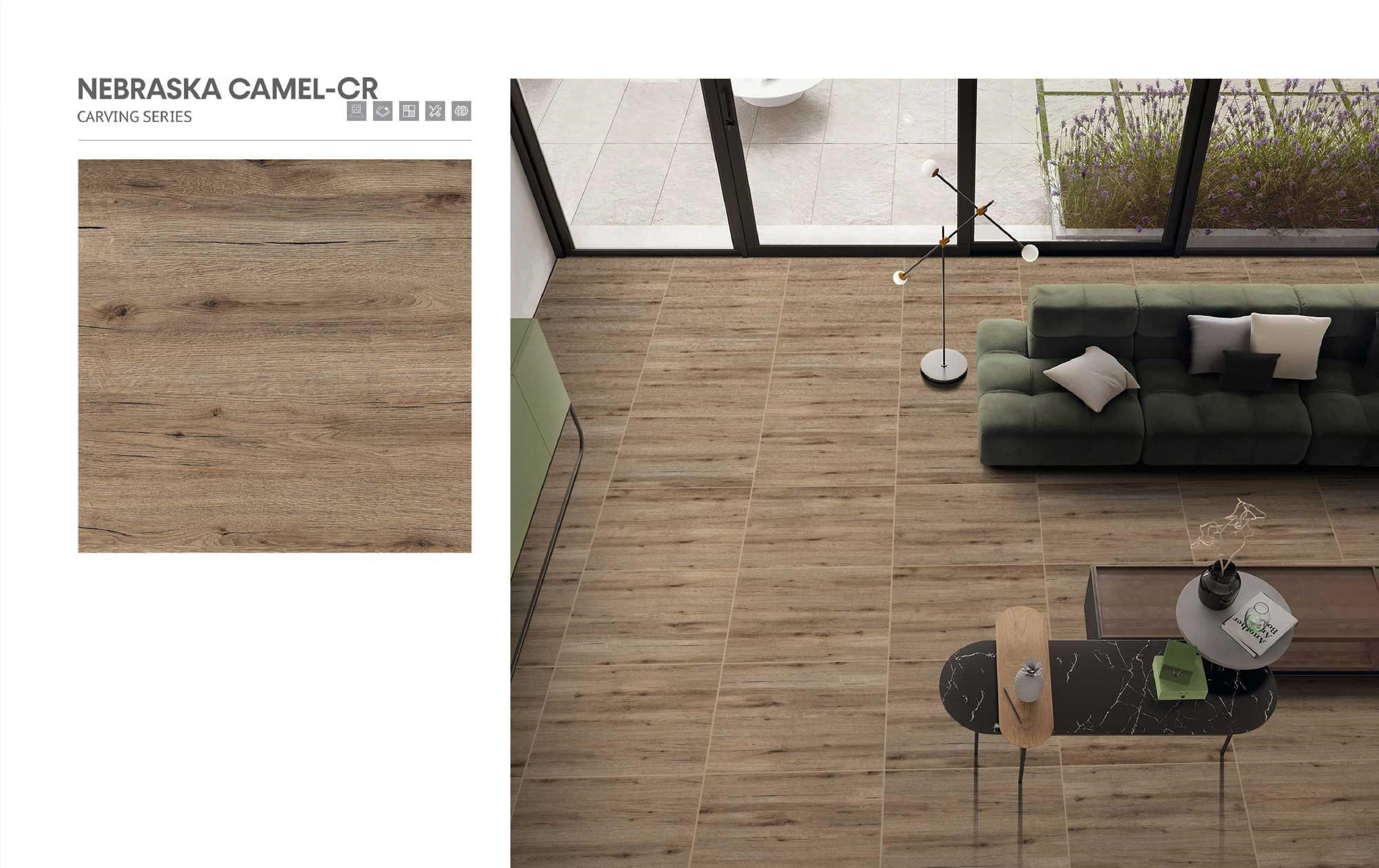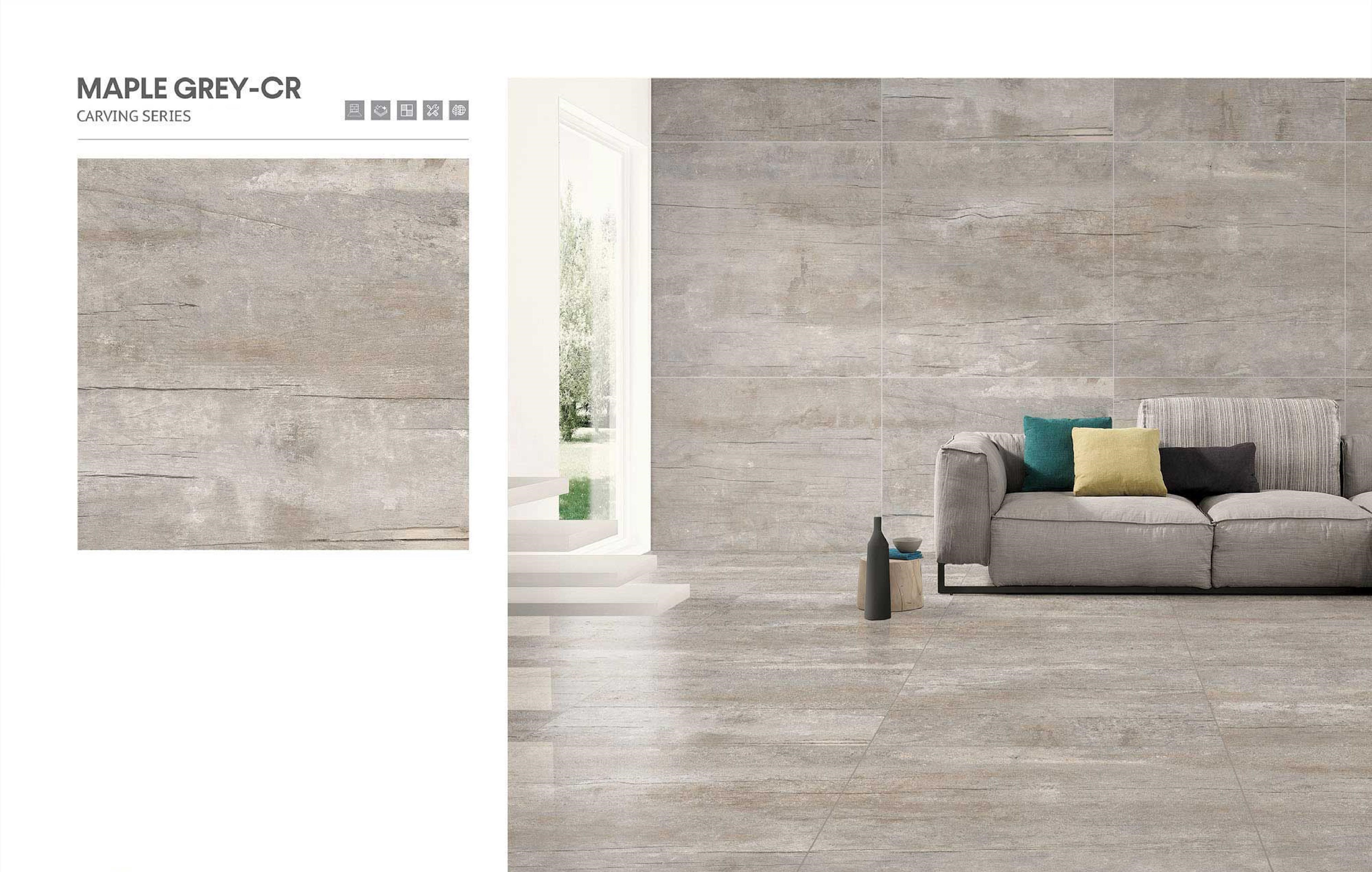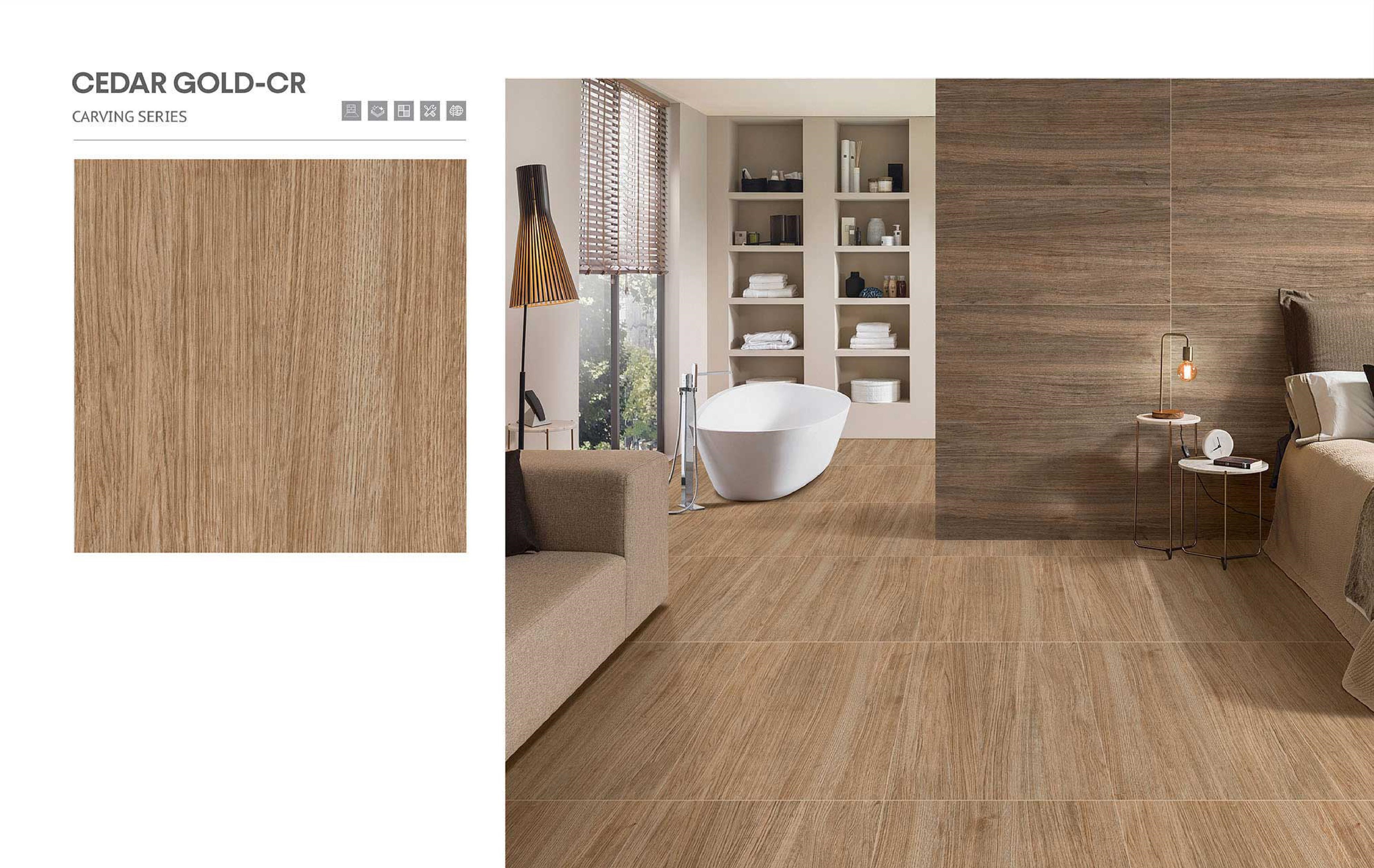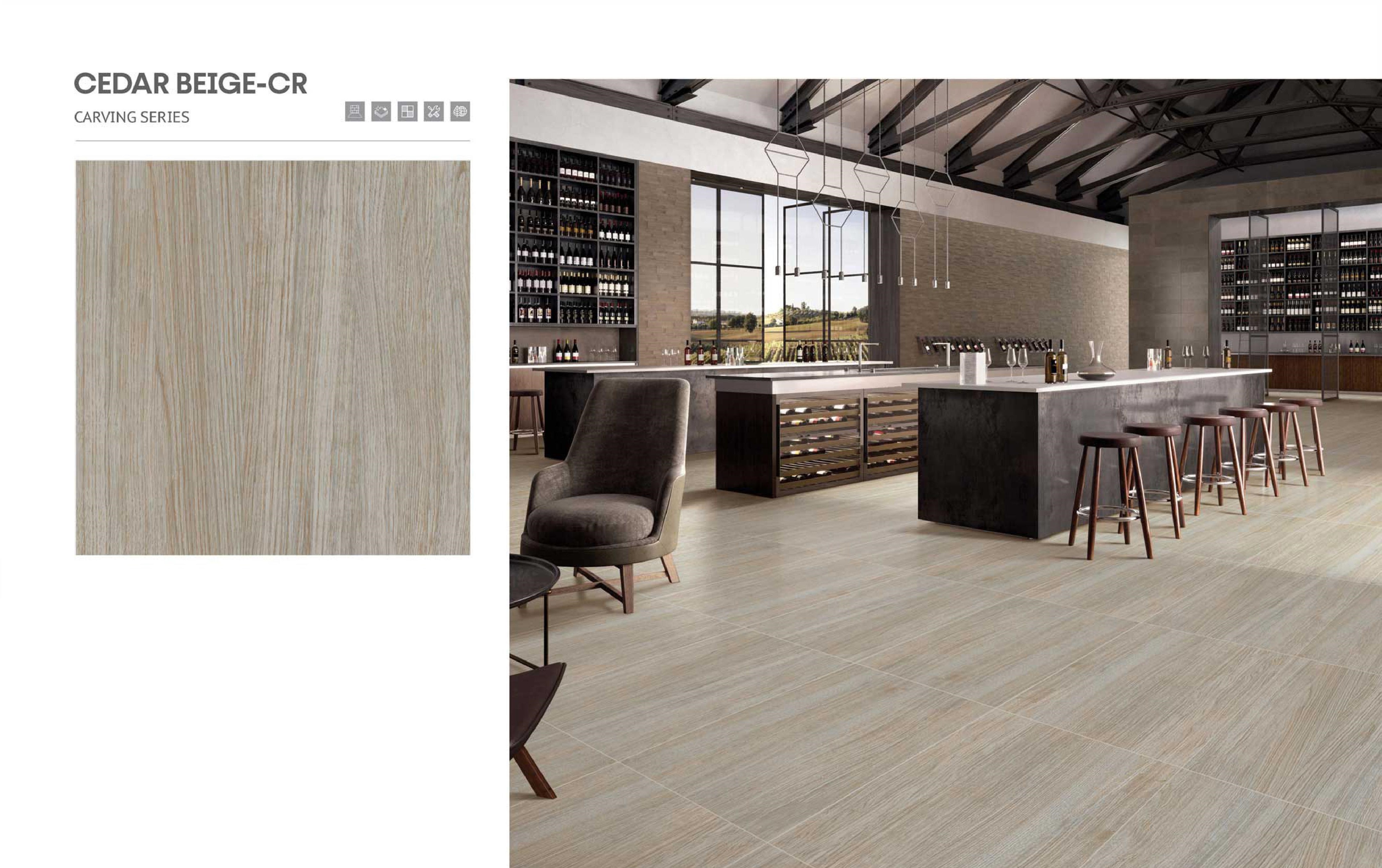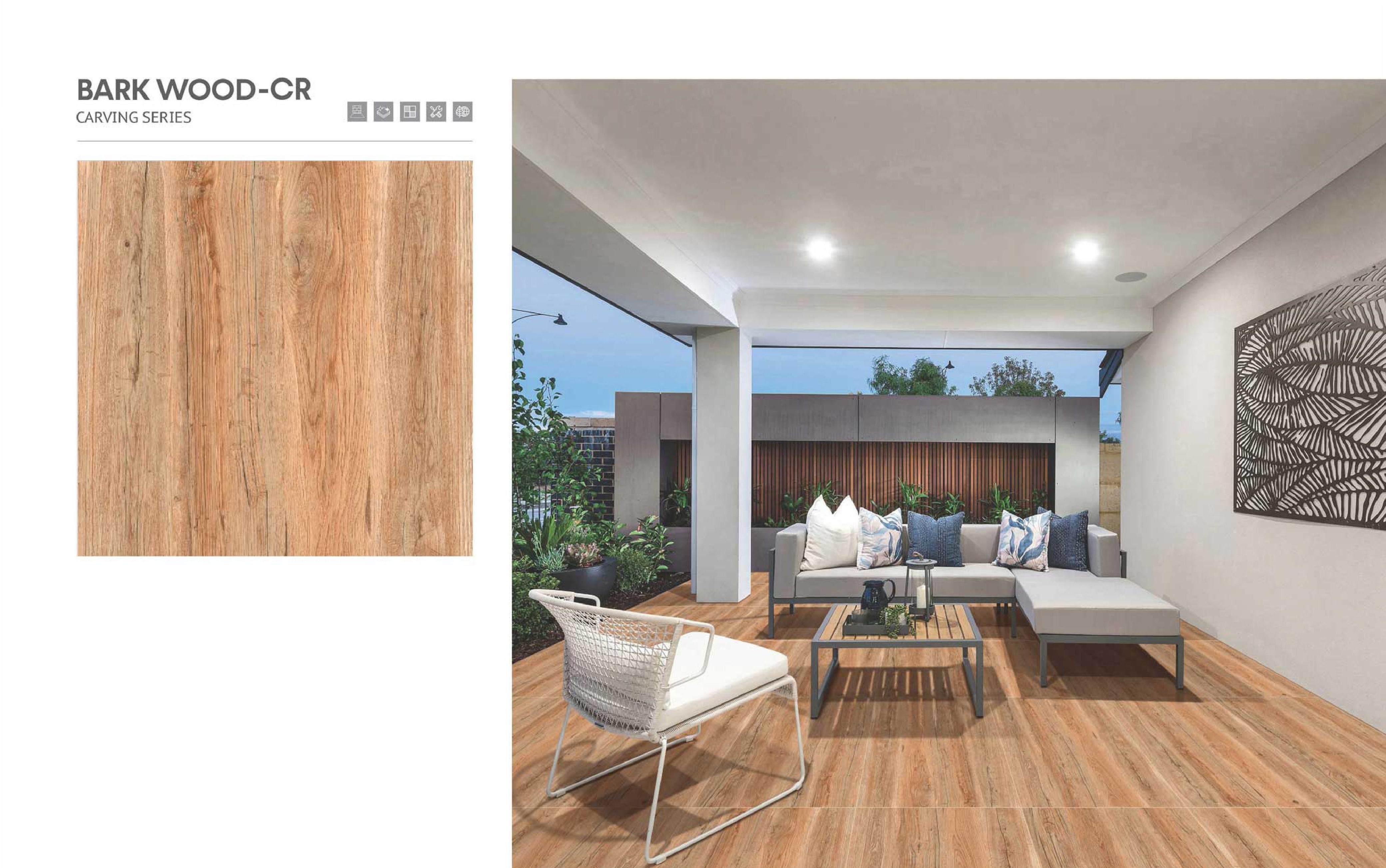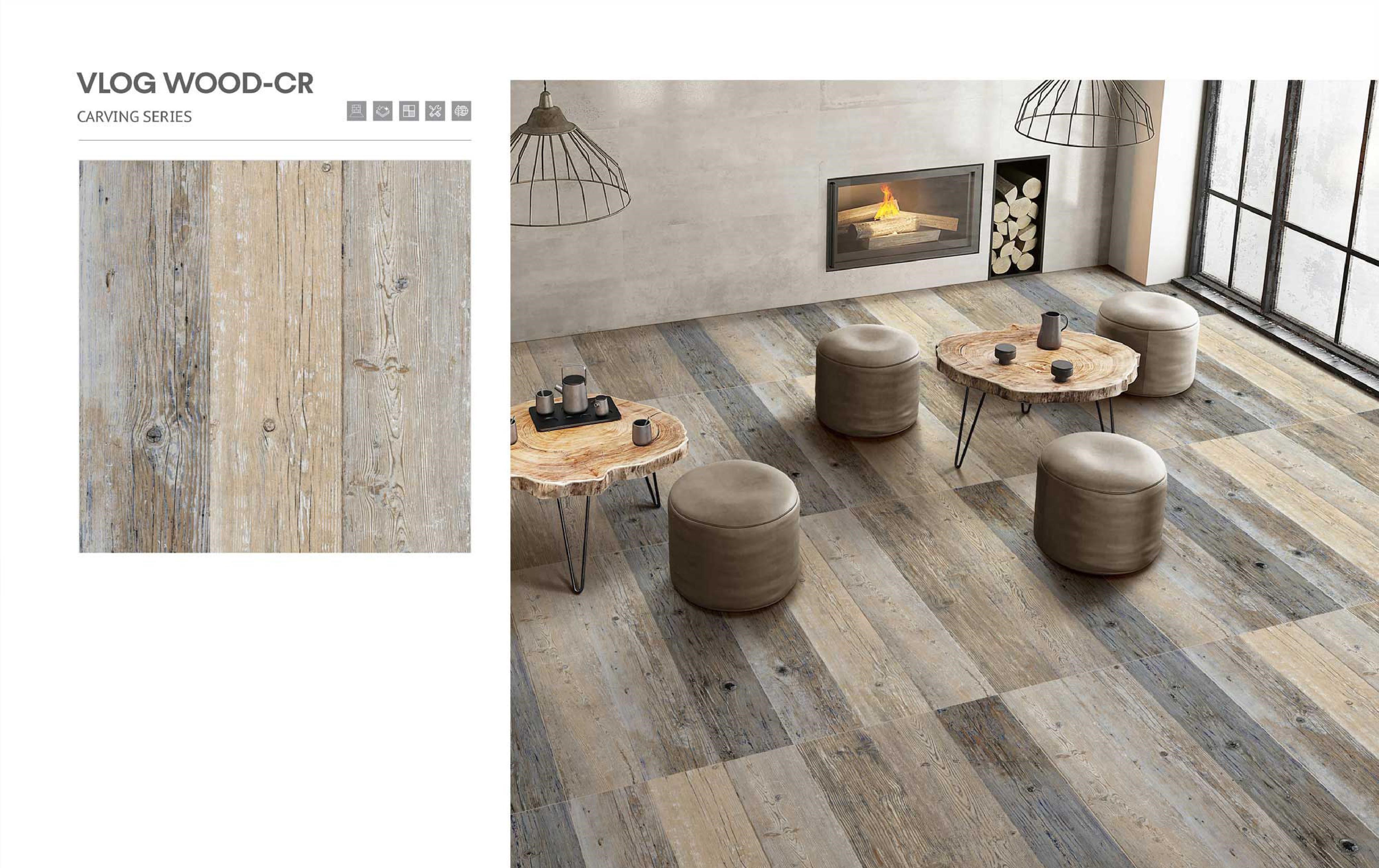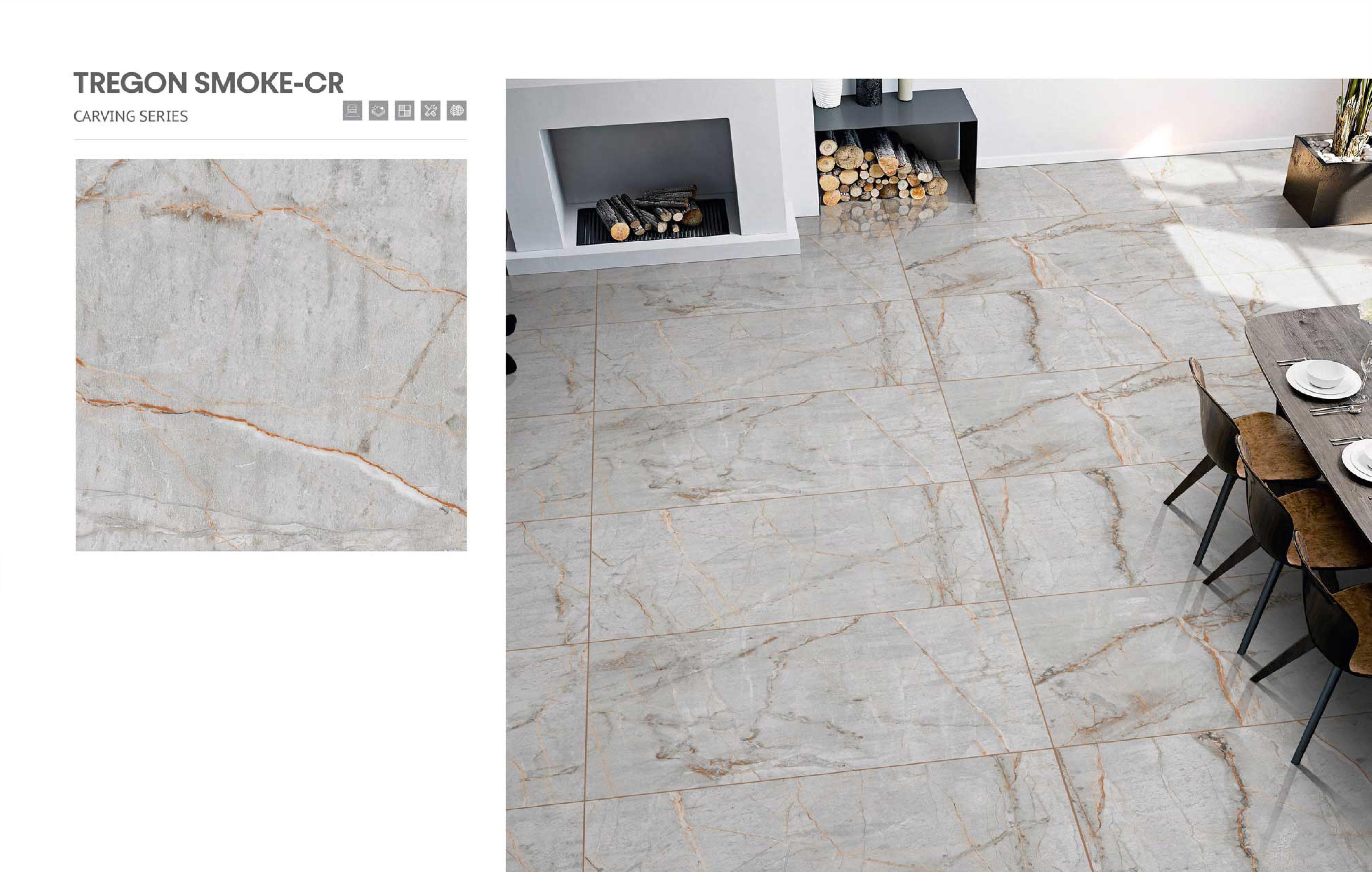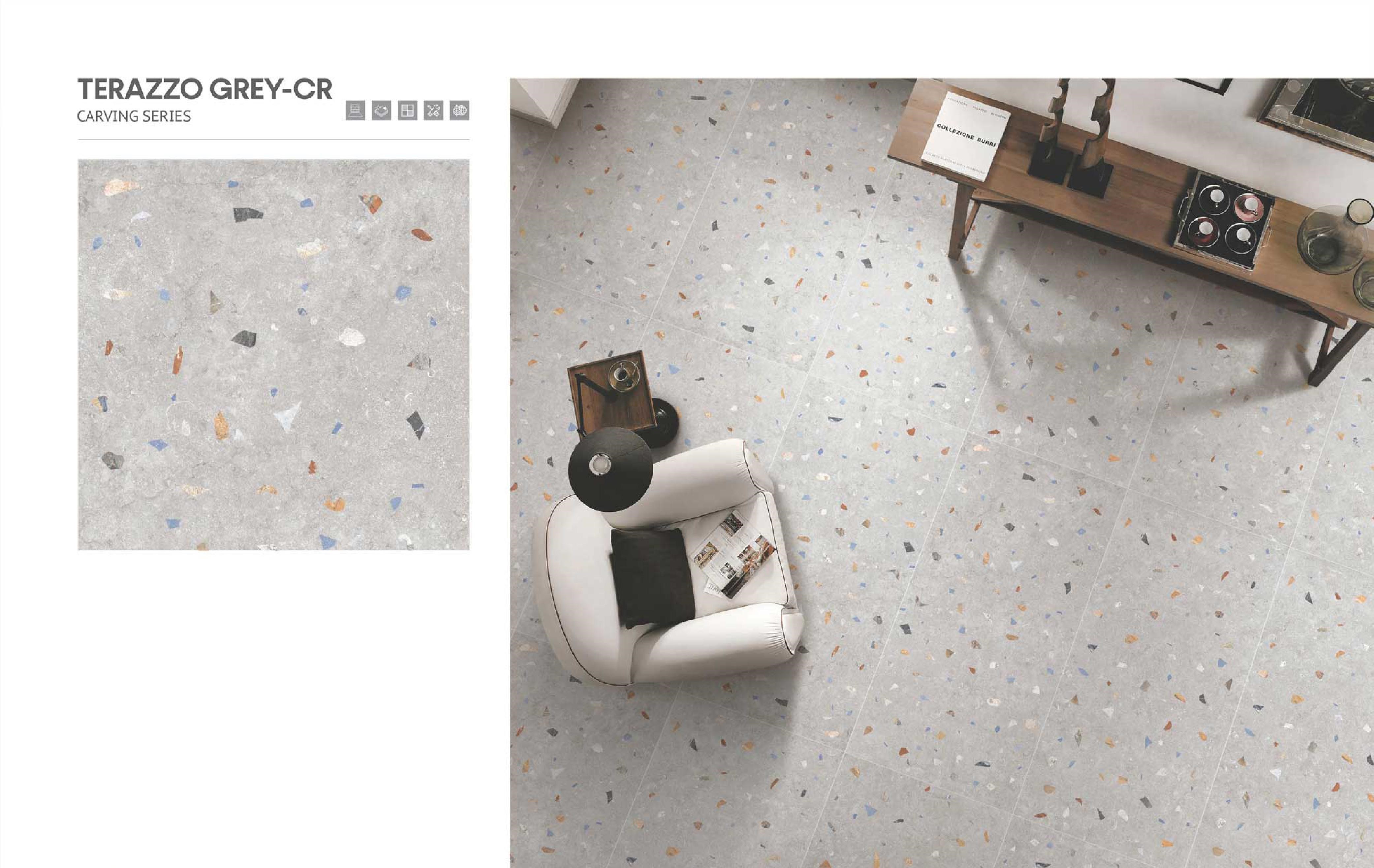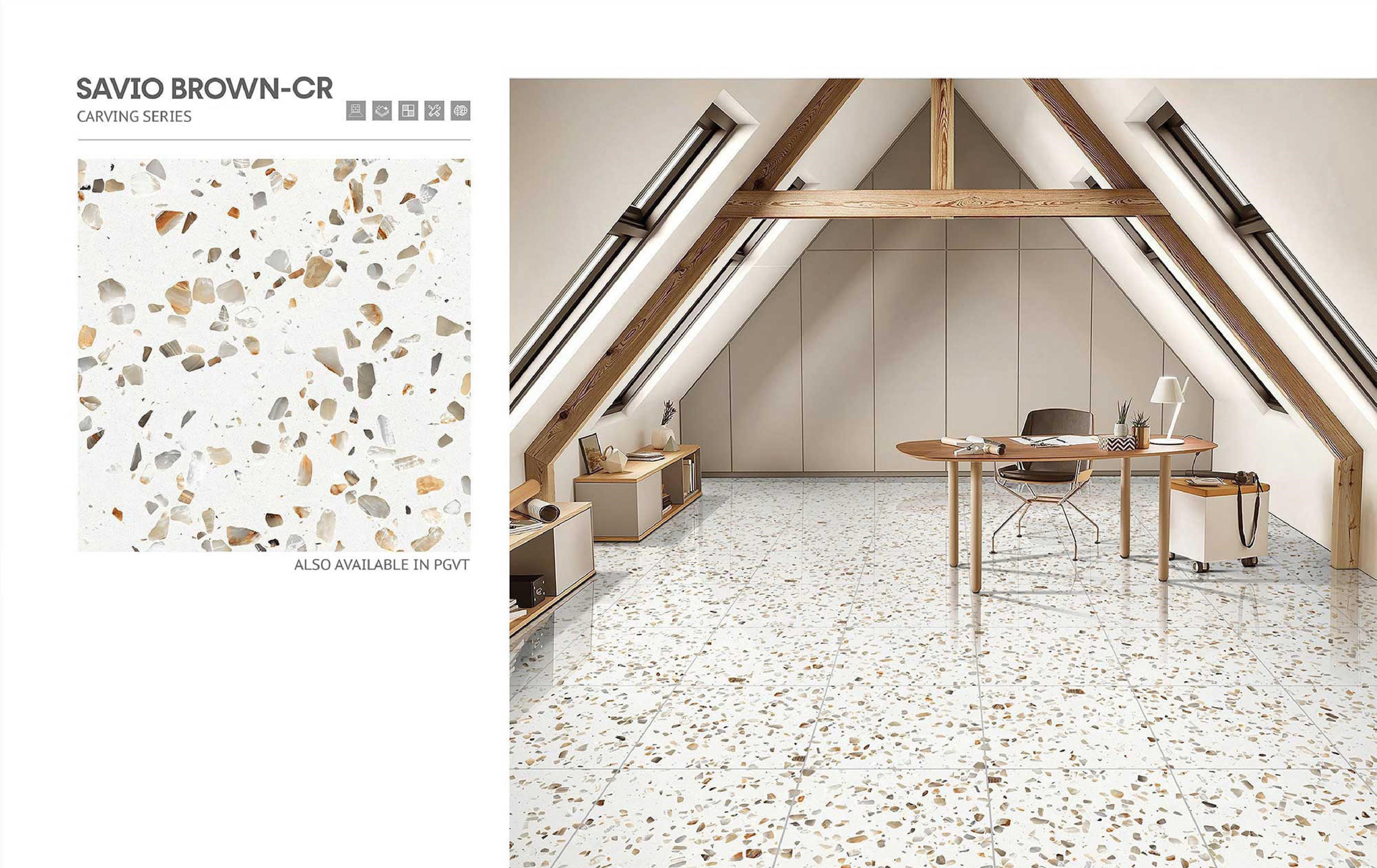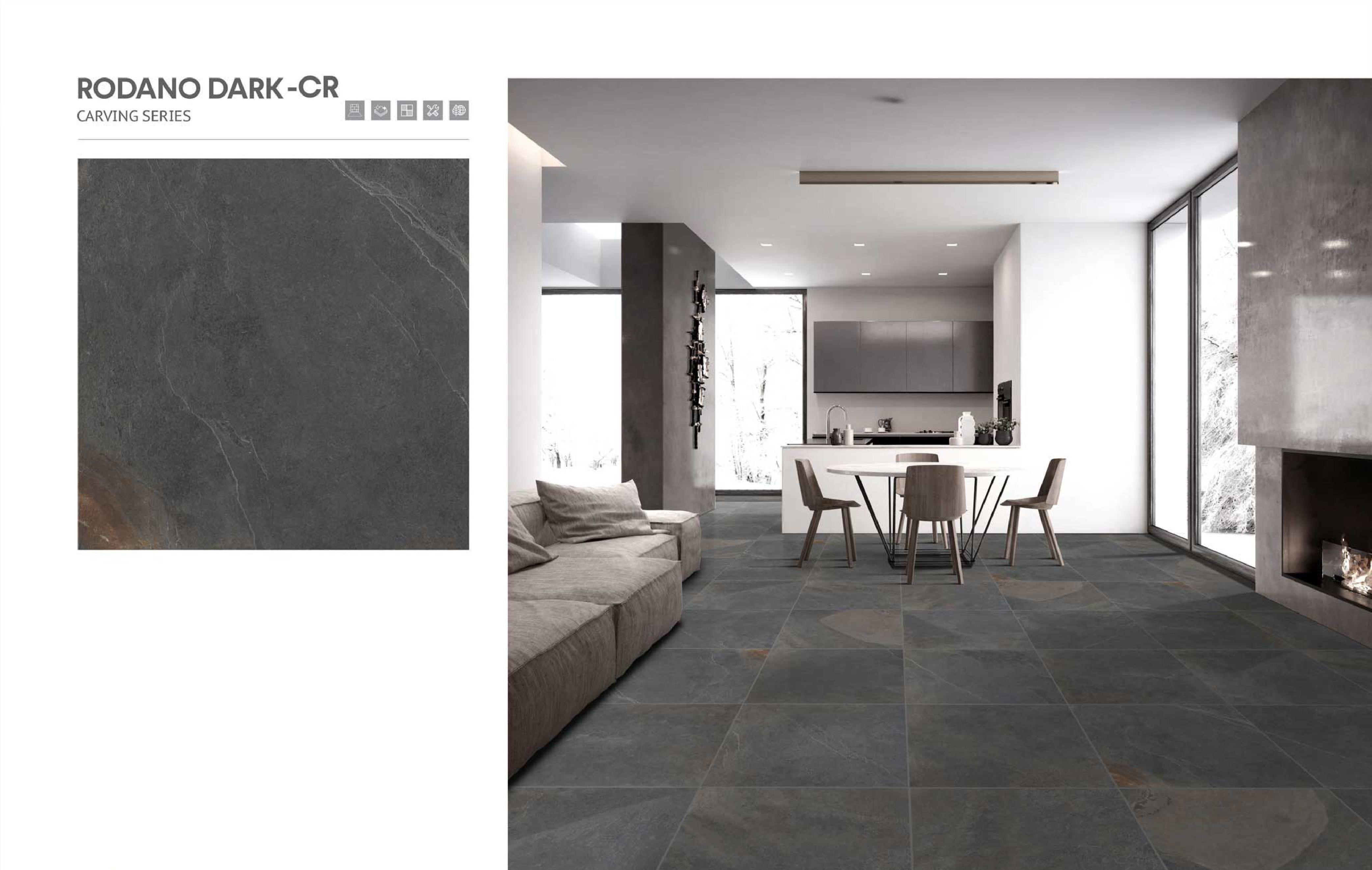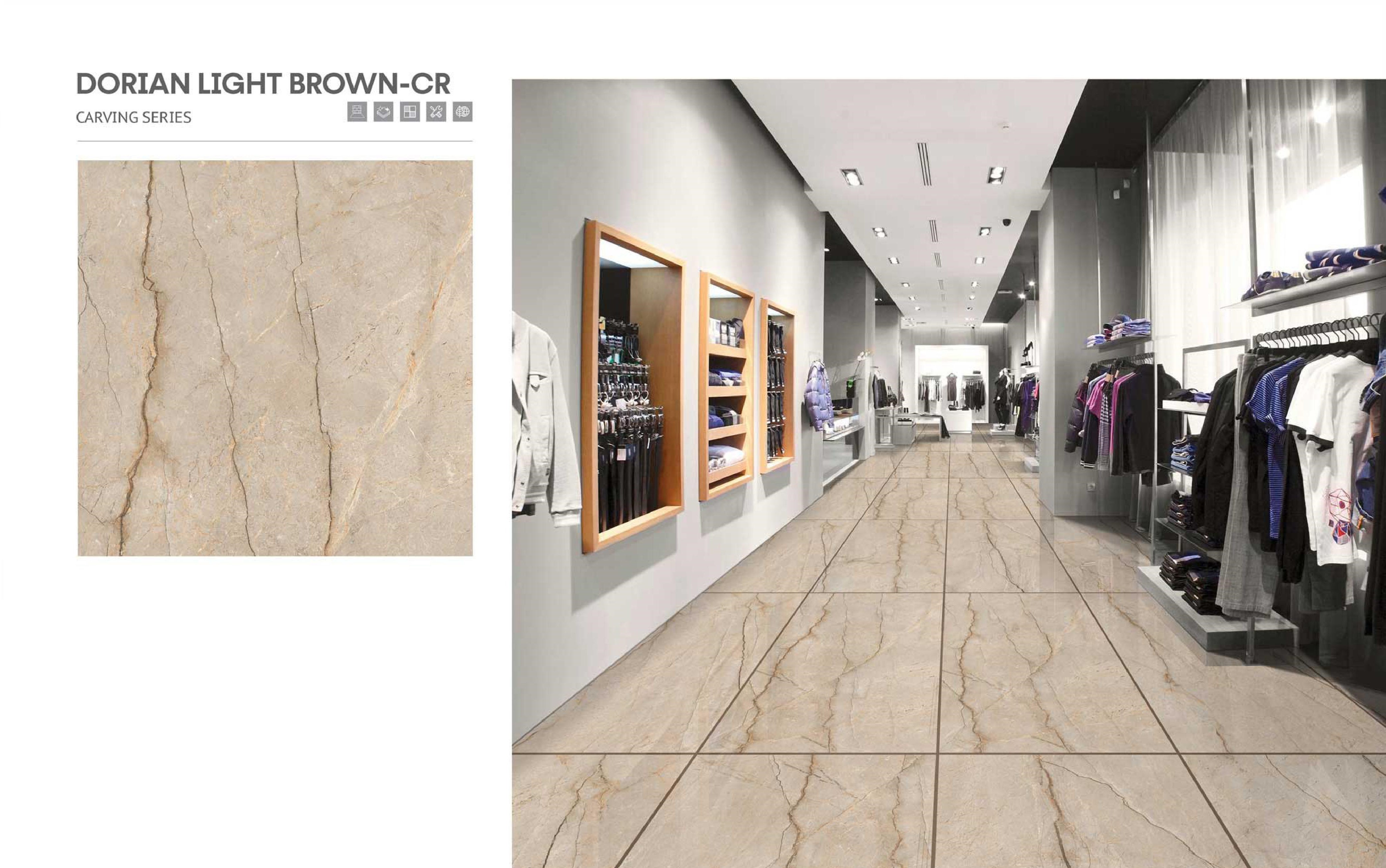Carving tiles involves the intricate process of etching designs, patterns, or imagery onto the surface of tiles. These designs can range from simple geometric shapes to elaborate scenes or motifs inspired by various cultures, nature, or artistic movements.The process typically begins with selecting the type of tile material, which can include ceramic, stone, or even wood. Once the material is chosen, the design is carefully planned out either by hand or through digital means. This design is then transferred onto the surface of the tile using various techniques such as tracing, stenciling, or directly drawing onto the tile.
Carving tiles involves the intricate process of etching designs, patterns, or imagery onto the surface of tiles. These designs can range from simple geometric shapes to elaborate scenes or motifs inspired by various cultures, nature, or artistic movements.The process typically begins with selecting the type of tile material, which can include ceramic, stone, or even wood. Once the material is chosen, the design is carefully planned out either by hand or through digital means. This design is then transferred onto the surface of the tile using various techniques such as tracing, stenciling, or directly drawing onto the tile.
Carving tiles involves the intricate process of etching designs, patterns, or imagery onto the surface of tiles. These designs can range from simple geometric shapes to elaborate scenes or motifs inspired by various cultures, nature, or artistic movements.The process typically begins with selecting the type of tile material, which can include ceramic, stone, or even wood. Once the material is chosen, the design is carefully planned out either by hand or through digital means. This design is then transferred onto the surface of the tile using various techniques such as tracing, stenciling, or directly drawing onto the tile.
Carving tiles involves the intricate process of etching designs, patterns, or imagery onto the surface of tiles. These designs can range from simple geometric shapes to elaborate scenes or motifs inspired by various cultures, nature, or artistic movements.The process typically begins with selecting the type of tile material, which can include ceramic, stone, or even wood. Once the material is chosen, the design is carefully planned out either by hand or through digital means. This design is then transferred onto the surface of the tile using various techniques such as tracing, stenciling, or directly drawing onto the tile.
Carving tiles involves the intricate process of etching designs, patterns, or imagery onto the surface of tiles. These designs can range from simple geometric shapes to elaborate scenes or motifs inspired by various cultures, nature, or artistic movements.The process typically begins with selecting the type of tile material, which can include ceramic, stone, or even wood. Once the material is chosen, the design is carefully planned out either by hand or through digital means. This design is then transferred onto the surface of the tile using various techniques such as tracing, stenciling, or directly drawing onto the tile.
Carving tiles involves the intricate process of etching designs, patterns, or imagery onto the surface of tiles. These designs can range from simple geometric shapes to elaborate scenes or motifs inspired by various cultures, nature, or artistic movements.The process typically begins with selecting the type of tile material, which can include ceramic, stone, or even wood. Once the material is chosen, the design is carefully planned out either by hand or through digital means. This design is then transferred onto the surface of the tile using various techniques such as tracing, stenciling, or directly drawing onto the tile.
Carving tiles involves the intricate process of etching designs, patterns, or imagery onto the surface of tiles. These designs can range from simple geometric shapes to elaborate scenes or motifs inspired by various cultures, nature, or artistic movements.The process typically begins with selecting the type of tile material, which can include ceramic, stone, or even wood. Once the material is chosen, the design is carefully planned out either by hand or through digital means. This design is then transferred onto the surface of the tile using various techniques such as tracing, stenciling, or directly drawing onto the tile.
Carving tiles involves the intricate process of etching designs, patterns, or imagery onto the surface of tiles. These designs can range from simple geometric shapes to elaborate scenes or motifs inspired by various cultures, nature, or artistic movements.The process typically begins with selecting the type of tile material, which can include ceramic, stone, or even wood. Once the material is chosen, the design is carefully planned out either by hand or through digital means. This design is then transferred onto the surface of the tile using various techniques such as tracing, stenciling, or directly drawing onto the tile.
Carving tiles involves the intricate process of etching designs, patterns, or imagery onto the surface of tiles. These designs can range from simple geometric shapes to elaborate scenes or motifs inspired by various cultures, nature, or artistic movements.The process typically begins with selecting the type of tile material, which can include ceramic, stone, or even wood. Once the material is chosen, the design is carefully planned out either by hand or through digital means. This design is then transferred onto the surface of the tile using various techniques such as tracing, stenciling, or directly drawing onto the tile.
Carving tiles involves the intricate process of etching designs, patterns, or imagery onto the surface of tiles. These designs can range from simple geometric shapes to elaborate scenes or motifs inspired by various cultures, nature, or artistic movements.The process typically begins with selecting the type of tile material, which can include ceramic, stone, or even wood. Once the material is chosen, the design is carefully planned out either by hand or through digital means. This design is then transferred onto the surface of the tile using various techniques such as tracing, stenciling, or directly drawing onto the tile.
Carving tiles involves the intricate process of etching designs, patterns, or imagery onto the surface of tiles. These designs can range from simple geometric shapes to elaborate scenes or motifs inspired by various cultures, nature, or artistic movements.The process typically begins with selecting the type of tile material, which can include ceramic, stone, or even wood. Once the material is chosen, the design is carefully planned out either by hand or through digital means. This design is then transferred onto the surface of the tile using various techniques such as tracing, stenciling, or directly drawing onto the tile.
Carving tiles involves the intricate process of etching designs, patterns, or imagery onto the surface of tiles. These designs can range from simple geometric shapes to elaborate scenes or motifs inspired by various cultures, nature, or artistic movements.The process typically begins with selecting the type of tile material, which can include ceramic, stone, or even wood. Once the material is chosen, the design is carefully planned out either by hand or through digital means. This design is then transferred onto the surface of the tile using various techniques such as tracing, stenciling, or directly drawing onto the tile.

